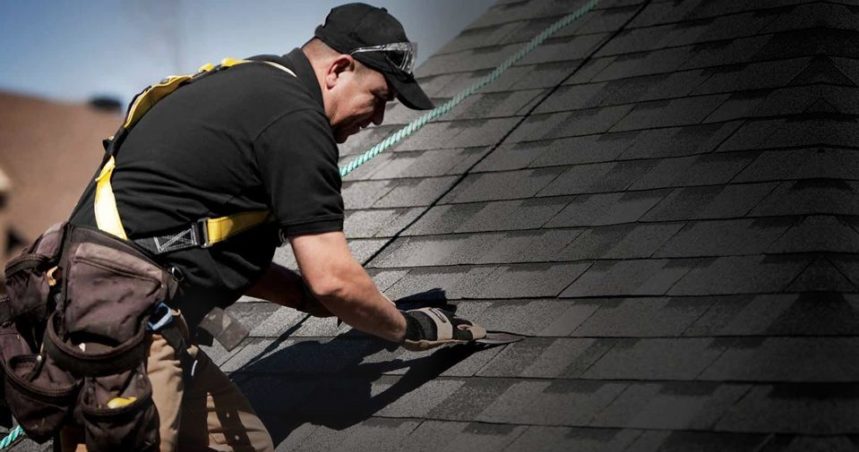Understanding Commercial Roofing Systems: A Guide for Business Owners
May 26th, 2023
2 min read
By xmedia
Introduction
Commercial roofing systems play a crucial role in protecting commercial buildings from the elements and ensuring the safety and comfort of occupants. However, understanding the various types of commercial roofing systems and their unique characteristics can be overwhelming for business owners. In this blog post, we will provide a comprehensive guide to help business owners navigate the world of commercial roofing systems and make informed decisions about their properties.
Built-Up Roofing (BUR) Systems: Time-Tested Durability
Built-Up Roofing (BUR) systems have been used for decades and are known for their durability and longevity. These systems consist of multiple layers of asphalt or coal tar felts alternated with layers of bitumen. BUR systems provide excellent waterproofing and can withstand heavy foot traffic. They are ideal for flat or low-sloped roofs commonly found in commercial buildings. However, BUR systems require professional installation and can be heavy, requiring adequate structural support.
Single-Ply Membrane Roofing: Versatile and Energy Efficient
Single-ply membrane roofing systems are popular among commercial building owners due to their versatility and energy-efficient properties. They come in two main types: thermoplastic (TPO) and thermoset (EPDM) membranes. TPO membranes offer excellent resistance to UV rays and are highly reflective, reducing energy costs. EPDM membranes are known for their durability and resistance to extreme weather conditions. Single-ply membrane roofing is lightweight, easy to install, and provides reliable protection against leaks. However, they may be more prone to punctures compared to other systems.
Metal Roofing Systems: Longevity and Sustainability
Metal roofing systems are becoming increasingly popular in commercial applications due to their longevity, sustainability, and aesthetic appeal. Metal roofs can last 40-70 years and are highly resistant to fire, extreme weather, and pests. They are available in a variety of metals, including steel, aluminum, and copper. Metal roofs are energy-efficient, reflecting heat and reducing cooling costs. They can also be installed over existing roofs, reducing waste. However, metal roofing systems can be more expensive upfront and may require professional installation.
Modified Bitumen Roofing: Strength and Flexibility
Modified bitumen roofing systems combine the durability of traditional BUR systems with modern polymer technology. These roofs consist of reinforced bitumen membranes that are either torch-applied, cold-applied, or self-adhered. Modified bitumen roofs offer excellent strength, flexibility, and resistance to extreme weather conditions. They are commonly used on flat or low-sloped roofs and provide effective waterproofing. However, proper installation by experienced professionals is crucial for optimal performance.
Green Roofing Systems: Environmental Benefits and Aesthetics
Green roofing systems, also known as vegetative or living roofs, are gaining popularity due to their environmental benefits and aesthetic appeal. These systems involve the installation of a waterproof membrane, followed by layers of soil and vegetation. Green roofs provide natural insulation, reduce stormwater runoff, improve air quality, and create green spaces in urban areas. They require additional structural support, regular maintenance, and professional installation to ensure proper drainage and plant health.
Conclusion
Choosing the right commercial roofing system for your business requires careful consideration of factors such as durability, energy efficiency, cost, and architectural requirements. By understanding the characteristics of various commercial roofing systems, business owners can make informed decisions that ensure long-term protection and optimal performance for their commercial properties. Consulting with a professional roofing contractor is essential to assess specific needs, navigate local building codes, and ensure proper installation of the chosen roofing system.
Topics:








